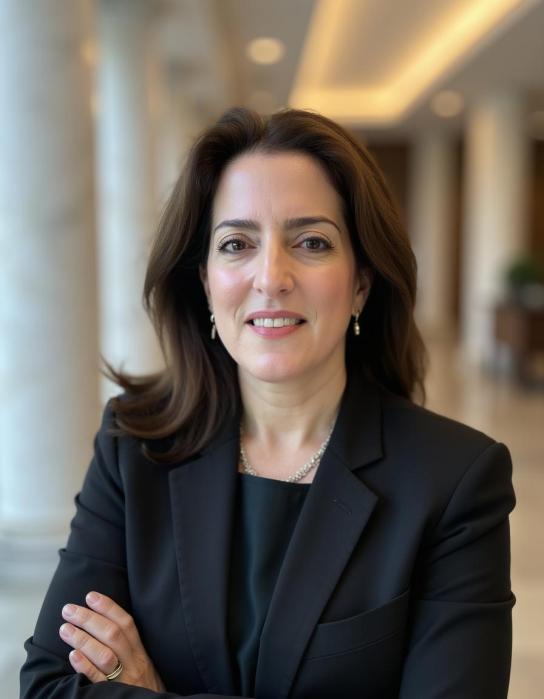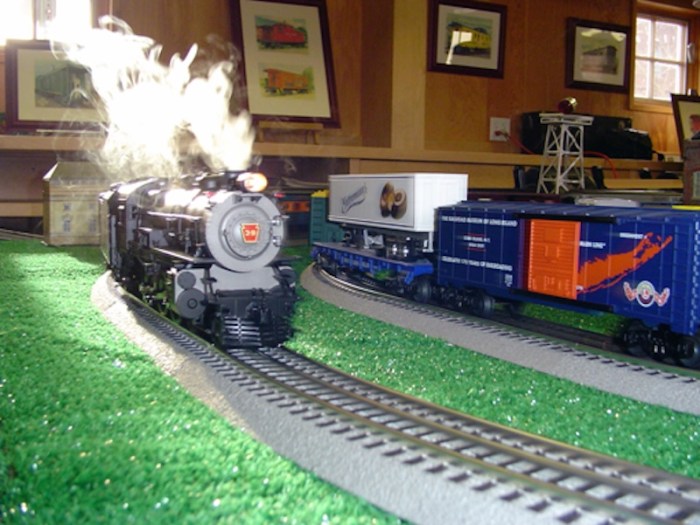
If somehow I knew I was only going live a few more days, I’d move Thanksgiving Day up so I could gather with my family and friends to enjoy a great meal and spend time remembering the life I’ve lived with them and then have the chance to bid a loving farewell. Well in first century Palestine, American Thanksgiving didn’t exist, but among the Jewish community a preeminent gathering took place each year at Passover. This was the feast that commemorated the liberation of the people of ancient Israel by God from slavery in Egypt.
The beginning of the Christian feast of Easter has its roots in the Passover celebration because the Jewish Rabbi, Jesus of Nazareth, faced his impending death at the hands of the Romans by celebrating Passover for the last time with his disciples. This is generally called “The Last Supper”, often visualized by Leonardo da Vinci’s famous painting by the same name — though in reality the real Last Supper didn’t look anything like the 1490’s setting that da Vinci painted.
At the Last Supper Jesus and his disciples recall God’s liberation of the Jewish people and while they are remembering this, Jesus changes things up a bit by adding in two extra things he asks his followers to remember. These involve food and feet.
First, food. He takes bread, proclaims the Jewish blessing over it, and then tells his disciples to “Take and eat for this is my body.” I suspect this was startling to his disciples for several reasons. First, this wasn’t the normal ritual at a Passover meal. Second, the idea of eating someone’s “body” was odd at best and disturbing at worst. What was Jesus trying to do? The bread still looked like bread and still tasted like bread. How can he claim it is his body?
Actually any of us who have grandmothers who cook long, loving meals for us can understand what Jesus was up to. When we eat a homemade meal made with love, in a way, we are in communion with the one who made it. “I put my heart into this meal,” our grandmother might say. And while we don’t take that literally, we do ingest the love that she cooked or baked with. Our sharing in that meal makes us one with the loving cook.
Christians believe that Jesus is a man and God at the same time. So when Jesus proclaims the bread to be his body, we believe that he intends that bread to be more than a metaphor for his love for us. Over the centuries we’ve held on to the believe that it’s really his divine presence.
Jesus adds this moment to the Passover meal, and does the same by proclaiming the cup of wine to be his blood. And he urges his followers to remember him in the future by doing this ritual again and again.
The other addition to the meal was when Jesus wrapped a towel around his waist and took a bowl and a pitcher of water and sought to wash his disciples feet. They were immediately repulsed by this idea, not only because their feet had walked through the dust and dung of the streets, but because he was their Rabbi, their teacher and it was inconceivable that he would be doing the task usually relegated to slaves.
He points out that if this is what he does for them, if they wish to be his followers, they must do this for others. Here he’s not being literal but inspirational. He expects his followers to be people of humble service, especially in the less glamorous aspects of life.
Today the popular culture has flavored Easter with chocolates and cute bunnies. But as the actual Feast of Easter begins, Christians are confronted with a God who serves and who gives himself totally to others. This is the first aspect of what Easter is truly about.
____________________________________________________________________
Holy Thursday Services at Saint Bernard’s are:
9am Morning Prayer
3pm Children’s Service
8pm Mass of the Lord’s Supper
Followed by procession to “Altar of Repose” in gym — open for prayer ’til midnight,.
_____________________________________________________________________






























